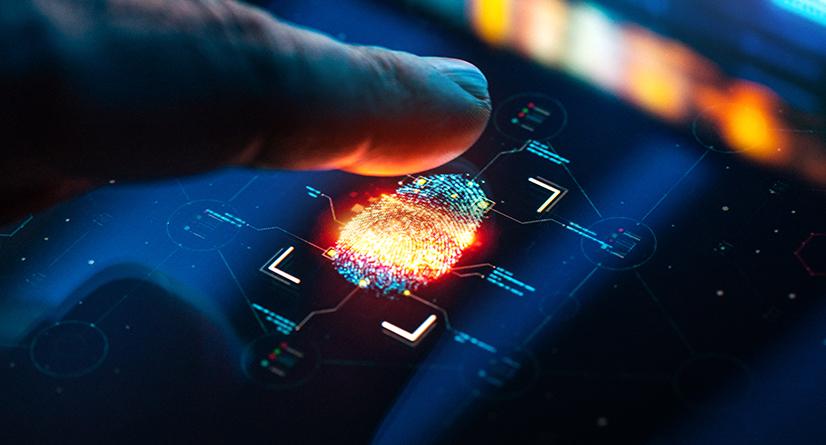Did you know that 99.9% of account hacks could have been blocked by MFA? Multi-factor authentication (MFA) is a layered approach to securing data and applications where a system requires a user to present a combination of two or more credentials to verify a user’s identity for login. Enable Multi-factor authentication to increase security because even if one credential becomes compromised, unauthorized users will be unable to meet the second authentication requirement and will not be able to access the targeted physical space, computing device, network, or database.
Make sure employees are using multi-factor authentication. While this may result in a few extra sign-ins, MFA is essential to safeguarding data and can be the difference between a successful and unsuccessful breach.
Where should you use MFA?
- On accounts with your financial info like banks, or online stores
- On accounts with personal info, like social media
- On accounts with info you use for work
- Use MFA everywhere!
MFA can include:
- An extra PIN (personal identification number)
- The answer to an extra security question like, “What’s your favorite pet’s name?”
- An additional code either emailed to an account or texted to a mobile number
- A biometric identifier like facial recognition or a fingerprint
- A yes or no button or unique number generated by an authenticator app (like those from Microsoft, Google or Duo)
- A secure token, which is a separate piece of hardware (like a key fob that holds information) that verifies a person’s identity with a database or system
Find out how many passwords are for sale by cybercriminals on the dark web in this video.
Contact [email protected] to discuss security awareness training for your business.
Sources
1 – National Cybersecurity Alliance: https://staysafeonline.org/

